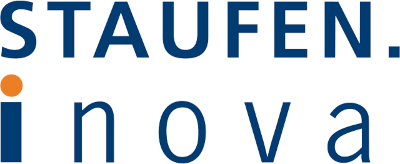
Looking through the Data Clouds
The term “big data” is something everyone is talking about. But what is a typical big data project and what added value can it generate for companies? Dr. Martin Seidel, who is responsible for Business Efficiency at BSH Hausgeräte GmbH and deals with big data on a daily basis, provides valuable insights into his work and points out common steps of a data mining project.
What is Big Data?
Big data refers to the processing of large, complex and rapidly changing amounts of data. The term “big” refers to the three dimensions of data volume, data diversity and speed with which the data volumes are created. Due to these properties, it is not possible to process the data using manual and traditional methods such as with Excel. Other methods are necessary. The focus of Dr. Martin Seidel’s work is precisely on these new, digital methods. Dr. Seidel is responsible for Business Efficiency at BSH Hausgeräte GmbH. Here, he focuses on optimizing fixed costs and sales, overhead and administrative costs in order to enable further sales growth without building up fixed costs. In his daily work, he recognizes the “treasures” to be uncovered through data mining projects and the added value this creates for BSH. His current project aims to increase process efficiency outside production, i.e. in indirect areas. In concrete terms, the “order-to-cash” process, i.e. the documenting process, starting with the receipt of a product order by the customer and ending with the settlement of the invoice, is to be made more efficient throughout the company. The throughput time of a document is to be reduced and the manual effort of the employees involved limited.
What exactly is the process?
Step 1: Ask many concrete questions.
The first intermediate goal of a big data project is to ask the right questions. Let’s look at a specific example. A company is aware that a given product is sold to similar customers at the two BSH branches X and Y. Interestingly, the document process at branch X only takes 4.2 days, while the same process at branch Y takes 5.3 days. Why does a documenting process in two countries have differing durations?
Some colleagues have made assumptions and different claims as to why. According to Dr. Seidel, such allegations do not need to be addressed. Instead, he initiates a big-data mining project which he calls an “X-ray machine.” X-ray machine because the project allows him to understand the two processes in detail. It is not yet known which improvements are necessary or possible at this stage. First of all, therefore, it is important to ask many questions, such as the following: Do the document processes at the two branches contain different intermediate steps? Do the different steps take the same amount of time? Does the process in one branch contain more manual intermediate steps than in the other?
Step 2: Understanding is everything.
The next intermediate goal is understanding. A large amount of data is analyzed in a data mining project. In this specific case, Dr. Seidel analyzes 16 million order items and pieces of transaction data from SAP.
In the first analysis step, comparative analyses of the document processes in the two branches are carried out. A logarithm is defined that describes these processes. The logarithm, in turn, allows KPIs (Key Performance Indicators) to be defined. This makes it possible to identify which intermediate steps at which branches take how long and how they influence the duration of the overall process. In the second analysis step, benchmarking is carried out: Here, the time of the different intermediate steps at the two branches is measured. After completing these analyses, Dr. Seidel was able to draw business-relevant conclusions based on the huge amounts of data. He is able to determine where improvements are necessary and possible. Using the data combined with a fact-based analysis tool in real time, a meaningful basis for changes and improvements can now be generated.
Step 3: Set goals and implement improvements.
In the next step, which is the exciting part and relevant for business, target levels are set: The maximum duration of each intermediate step, e.g. when the stamp is applied, is defined. These target levels can be used to determine whether, for example, branch Y should now automate a process step that was previously done manually. After implementing the recommended improvements, Dr. Seidel can analyze the new situation and determine whether a given change actually achieved the desired improvement and/or whether further adjustments are necessary.


